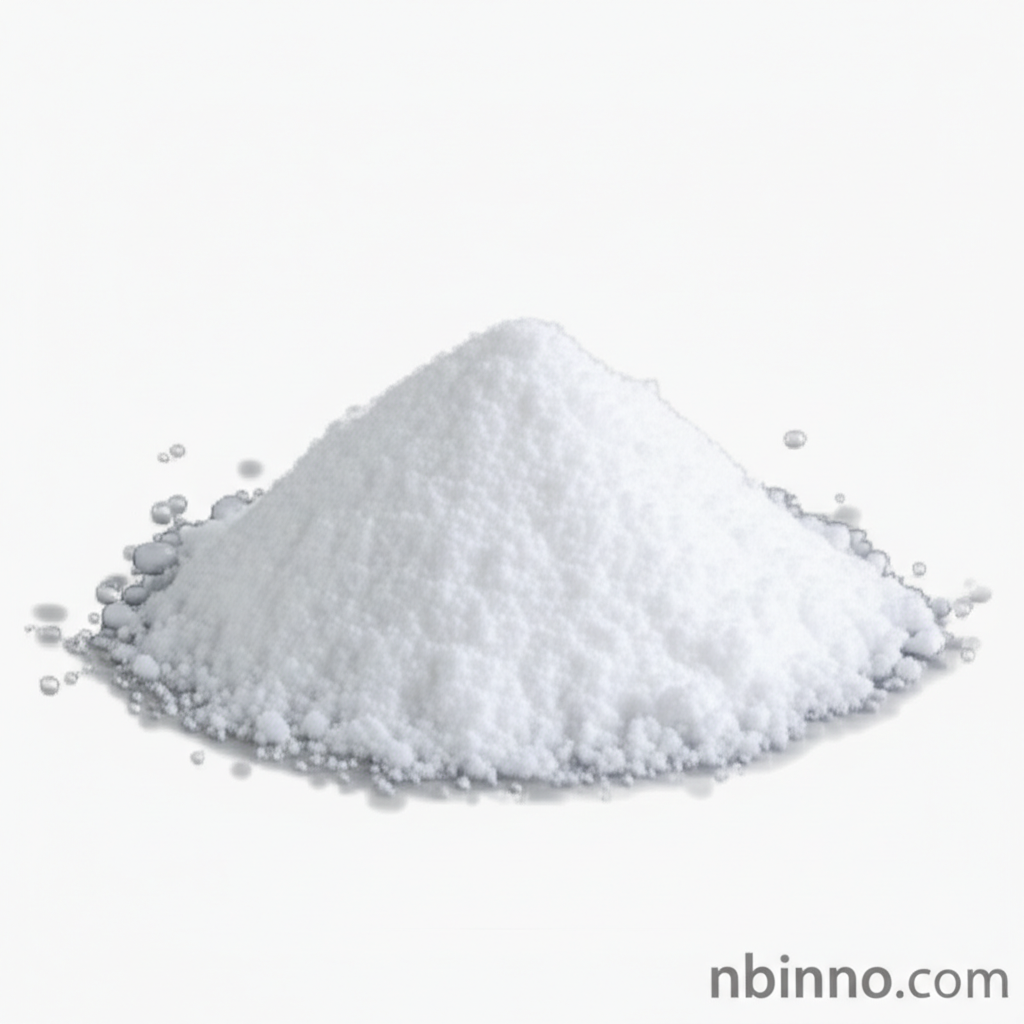4-(Chloromethyl)tolunitrile CAS 874-86-2: A Versatile Intermediate for Advanced Synthesis
Discover the key applications and properties of this vital organic synthesis building block.
Get a Quote & SampleProduct Core Value

4-(Chloromethyl)tolunitrile
4-(Chloromethyl)tolunitrile is a high-purity organic intermediate essential for advanced chemical synthesis, particularly in the pharmaceutical and specialty chemical sectors. Its unique structure makes it a valuable precursor for various complex molecules.
- Unlock new possibilities in organic synthesis with our reliable 4-(Chloromethyl)tolunitrile CAS 874-86-2.
- Source your pyrimethamine intermediate needs from a trusted supplier for consistent quality.
- Enhance product performance with this key fluorescent whitening agent precursor.
- Utilize a chemical intermediate with a purity of 99% for critical applications.
Key Advantages
Exceptional Purity
Achieve superior results in your reactions with 4-(Chloromethyl)tolunitrile boasting purity levels of 99% and above, ensuring reliable performance for your organic synthesis projects.
Versatile Applications
As a crucial pyrimethamine intermediate and precursor for fluorescent whitening agents, this compound offers broad utility across pharmaceutical and industrial applications.
Controlled Storage
Maintain optimal product integrity by adhering to recommended storage conditions of 2-8°C, ensuring consistent quality for your chemical synthesis requirements.
Key Applications
Pharmaceutical Synthesis
Leverage 4-(Chloromethyl)tolunitrile as a critical building block for pharmaceuticals, particularly for compounds like pyrimethamine, aiding in the development of advanced drug molecules.
Fluorescent Whitening Agents
Synthesize high-performance fluorescent whitening agents using this intermediate, enhancing the brightness and appeal of various materials.
General Organic Synthesis
Employ this versatile chemical intermediate in a wide array of organic synthesis pathways, enabling the creation of novel compounds and complex molecular structures.
Specialty Chemicals
Explore its use in the development of specialty chemicals where its unique functional groups can be leveraged for targeted applications.
